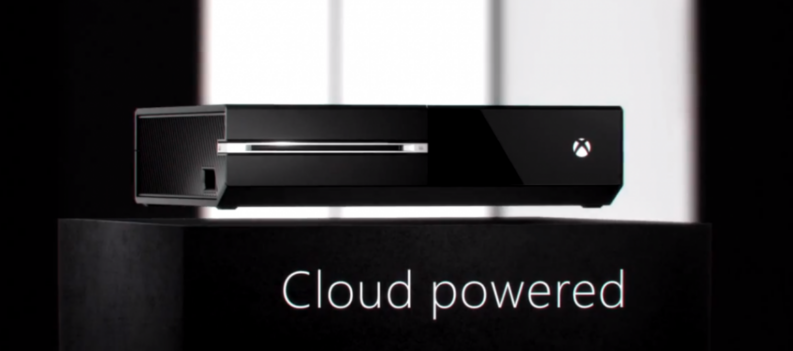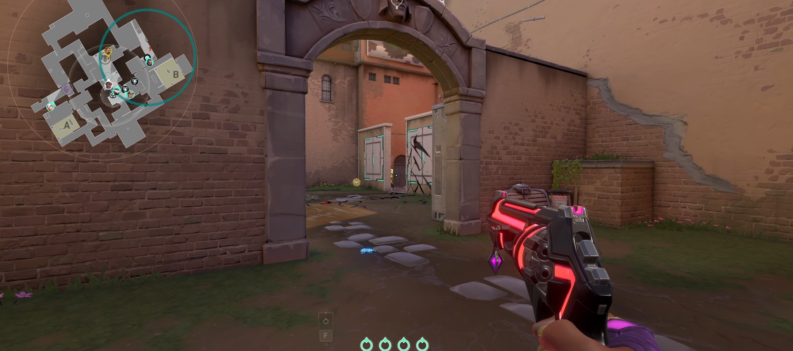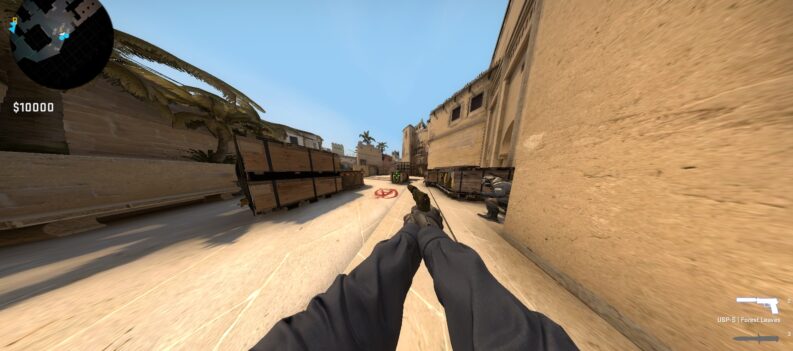In 2011, veteran gaming firm Epic Games created an impressive graphics demo for the Unreal Engine 3. Although written for PC hardware, the demo, called “Samaritan,” was Epic’s attempt to show console makers what the next generation of gaming performance should bring.
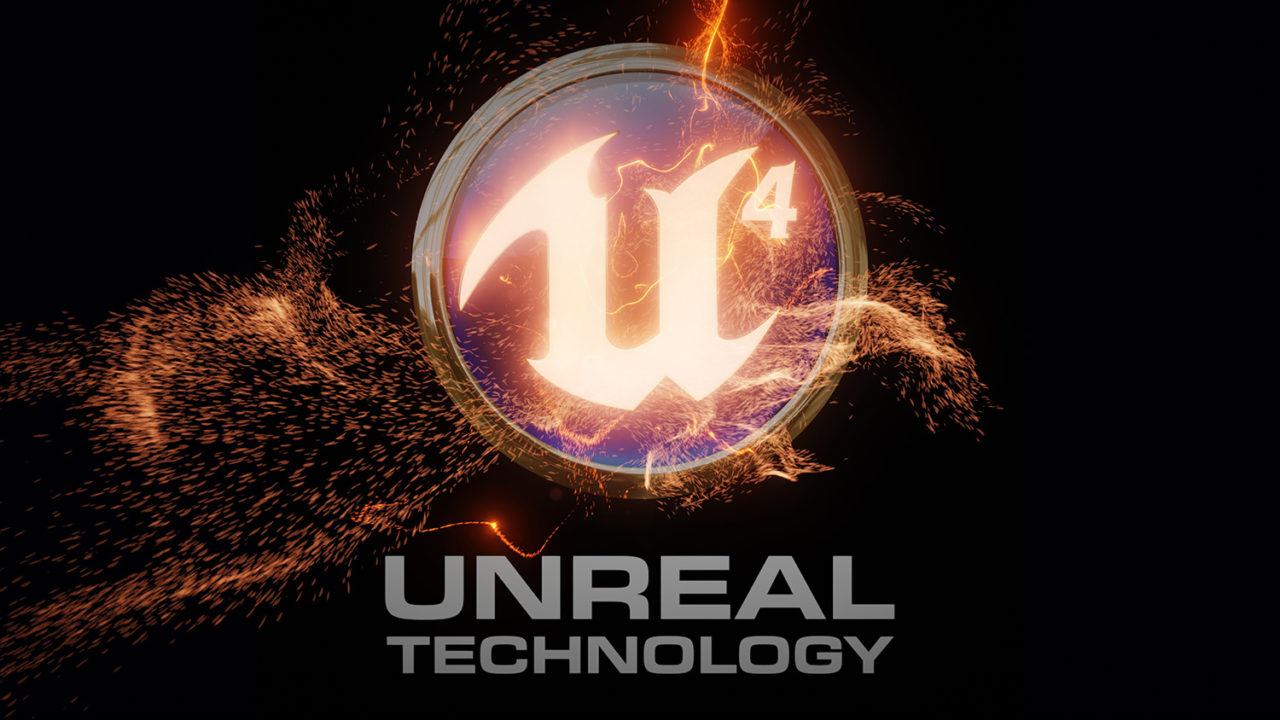
[youtube https://www.youtube.com/watch?v=XgS67BwPfFY?rel=0]
Epic estimated that 2.5 teraFLOPs would be required from the next generation consoles in order to provide the desired level of detail at 30 frames per second with a 1080p resolution. In 2011, it took three top-of-the-line NVIDIA GPUs to meet this requirement, a number that fell to a single GTX 680 in 2012.
With the impending launch of the next generation consoles from Sony and Microsoft, it was time to see how well the consoles could reproduce Epic’s vision, especially in terms of the new Unreal Engine 4. Sony displayed a UE4 demo, called “Elemental,” during its PS4 announcement. Many quickly identified that the PS4 offered noticeably reduced quality compared to the same demo on the PC.
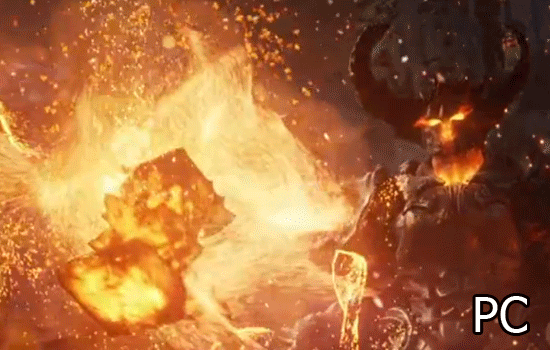
Comparison of the Unreal Engine 4 “Elemental” Demo on the PC and PS4 (via PC Perspective)
As more technical details for the PS4 became available, the reason for the difference in quality was revealed; it was discovered that the console’s AMD CPU and GPU could only push a total of about 2 teraFLOPs, well short of the 2.5 teraFLOPs demanded by the Unreal 4 demo. With the Xbox One’s announcement earlier this week, the situation became even more grim. Microsoft’s latest console will be able to drive even less performance than the PS4, dashing Epic’s hopes for this generation of consoles.
Unreal Engine 4 will still be used to power games on both platforms, but developers won’t easily reach the quality levels promised by even the original Unreal 3 demo two years ago.
This realization has prompted some disappointment from Epic, which has not hesitated to point out the lower-than-expected performance from both consoles. As a recent example, EA’s CTO Rajat Taneja lauded the Xbox One and PS4, calling them “a generation ahead of the highest end PCs on the market.”

Epic Games VP Mark Rein
Mark Rein, Epic’s vice president, quickly responded with his company’s take on the situation, calling Mr. Taneja’s assertion “bullshit.”
While the next generation console’s performance level may be less than expected, there is hope for future improvements. As with any new platform, it will take time for developers to acclimate to the new hardware and software, and discover new techniques that may eek out additional performance beyond the limitations we understand today.
A major criticism of both Sony and Microsoft is that very little in terms of real-time gameplay has thus far been shown for either console. While tech demos like those for Unreal Engine 4 are important, gamers should withhold judgment on the consoles’ quality and performance levels until more real-world games have been showcased, something that is expected from E3 next month.


